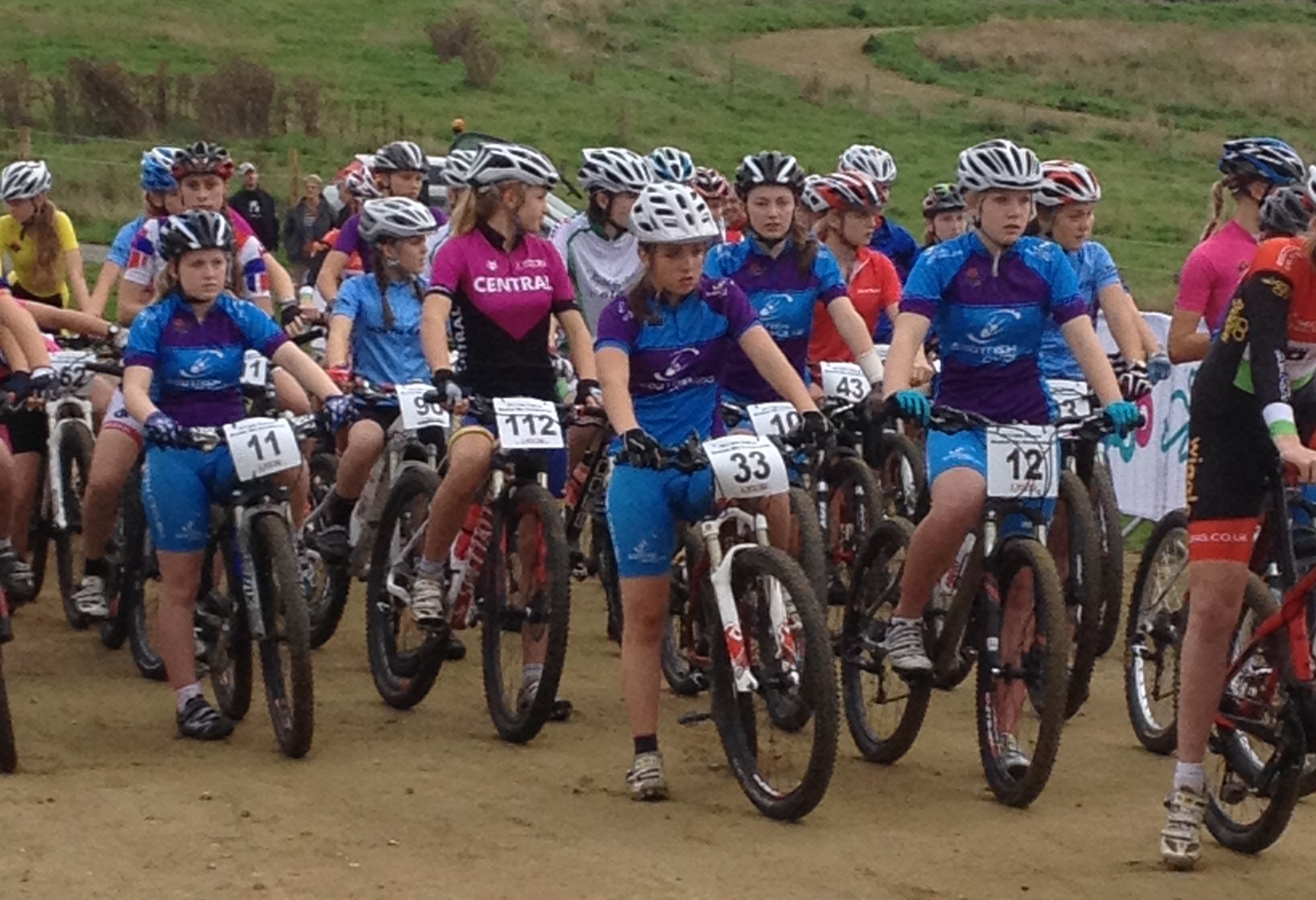When I started out as a cycling coach, grass-roots competitive cycling for young people was on the rise. Clubs were springing up everywhere; the racing calendar was chock-full of events and, in what seemed unthinkable only a few years before, professional British cyclists had become household names.
The clubs are still there, many with huge waiting lists of riders wanting to join, there are more races than ever and riders such as Lizzie Armistead and Ian Stannard are still showing the way forward in the professional ranks. The success of Team GB at a world level pointed to a highly successful programme that nurtured riders from a grass-roots level all the way through to them becoming world and Olympic champions.
It was clearly a successful format and at the time was the envy of many other sports that were struggling to attract young people to their amateur ranks. So what has happened in the years since then and is cycling still a sport where young riders can achieve to the highest level?
I believe it is and the pathway is still there to reach the very top of our sport, but there are obstacles in the way. Cycling’s domestic governing bodies, British and Scottish Cycling, need to take account of these to ensure that the sport remains relevant and an accessible activity for all. Currently British Cycling’s Go Ride clubs are part of this grass-roots programme and each club is registered with British Cycling. They have qualified coaches and helpers that are the starting block for a route that progresses through the learning of skills, to racing, to development squads and beyond. It is obviously a successful format. British Cycling’s website states: “over 60% of riders on the Great Britain Cycling Team started out at Go-Ride Clubs”.
But has the success of British cycling at the highest levels meant a paradigm shift in the emphasis of support offered from development at a grass-roots level to focusing on those who are already well on the path to success?
All sport requires commitment, not just from the athletes themselves, but from a vast army of volunteer supporters in the background. From parents who pay for equipment and give up their spare time to travel the length and breadth of the country to go to races, to event organisers, race officials, club coaches and committee volunteers – the list is endless.
Each is fundamental to the foundations of success. When an athlete stands on the top of the podium with a gold medal around their neck their success and commitment is quite rightly lauded, but it is also, in no small way, attributable to those hundreds of volunteers in the background; those who have stood in the rain, patched up bleeding knees and given their time willingly purely for the love of cycling.
From my perspective it appears the governing bodies assume this support and time will always be generously forthcoming with only minimum intervention from themselves. Each region in Scotland has an RDO (Regional Development Officer) whose priorities, according to the British Cycling website, are “determined by a development plan which will be guided by Scottish Cycling’s National Strategy which seeks to develop clubs by increasing support to volunteers, including coaches, leaders and officials as well as continuing to engage young talented riders on the athlete pathway.”
In theory this sounds ideal, but in reality it is harder to achieve. The remit of those who work in Scottish Cycling is so big and covers such a wide area that the commitment to that development plan, in my experience, falls at the first hurdle.
The club I coach with, in the last six years, has not had any communication or visit from an RDO. At a basic level this is not a great issue; the club continues to be well supported by volunteers and parents, and our riders race, and win, most weekends.
However, it is the point, “increasing support to volunteers” that is more of a problem. These volunteers are the bedrock that everything else is built upon. Fundamentally the emphasis of the support of a governing body, and the funding it attracts needs to be placed at this level. If it fails at this crucial point then the podium above will crumble.
Where to ride:
Little Glen Shee (off-road)
Description:
Little Glenshee lies to the north of Glen Almond and provides a fantastic area for cycling. The road route, across the ford, from Bankfoot to Chapelhill is well known as is, to a lesser extent, the off-road route from Strathbraan to Bankfoot. However, between Glen Garr and Glen Shee are a series of tracks that provide access to this area.
Care must be taken as many of the access tracks lead through working farms and around Berry Hill there are a few padlocked gates that are too high to lift bikes over, but in general it is a great place for a short ride with a wild feel about it.










